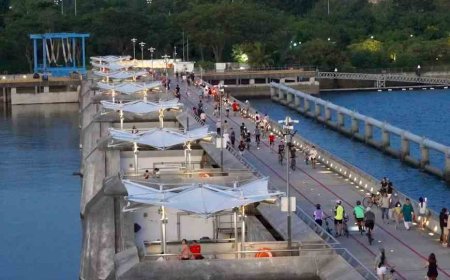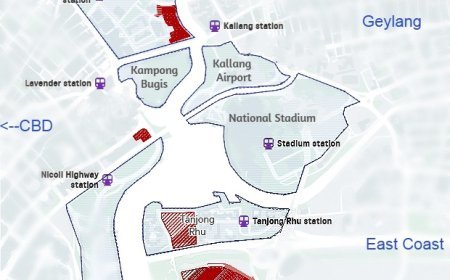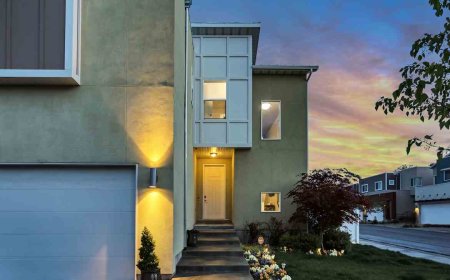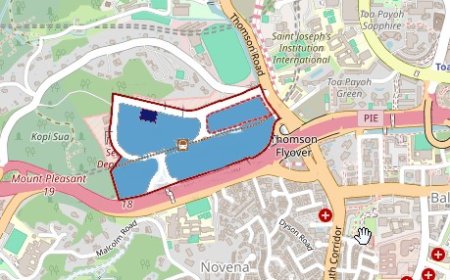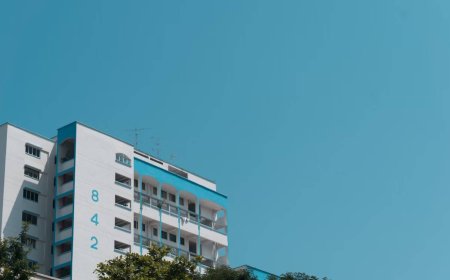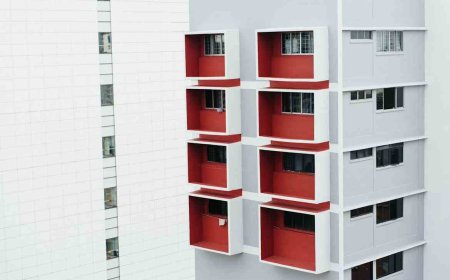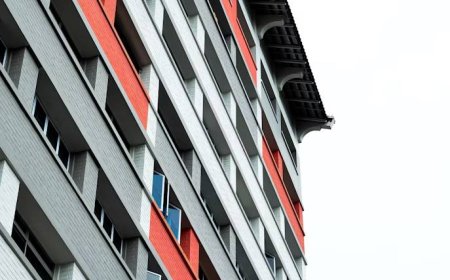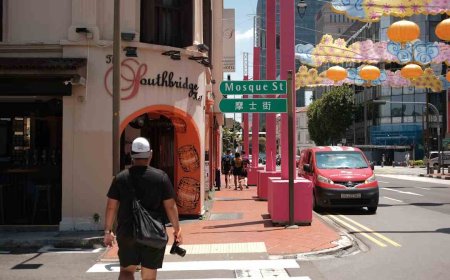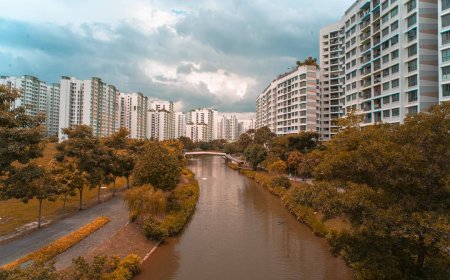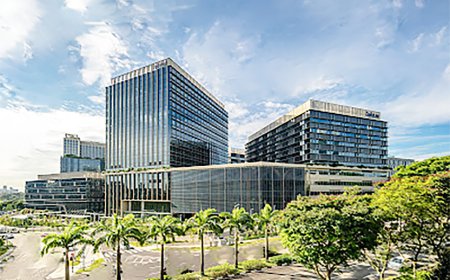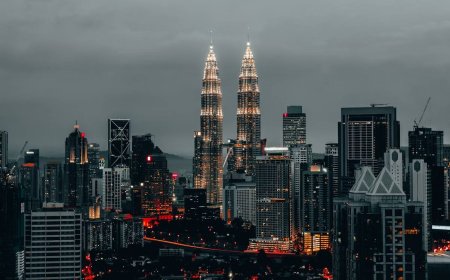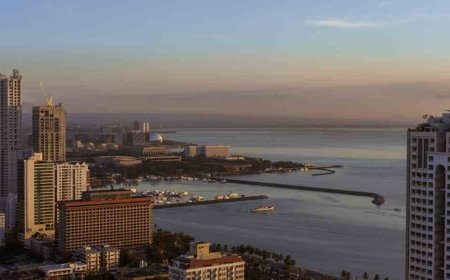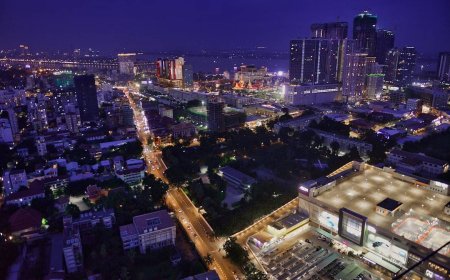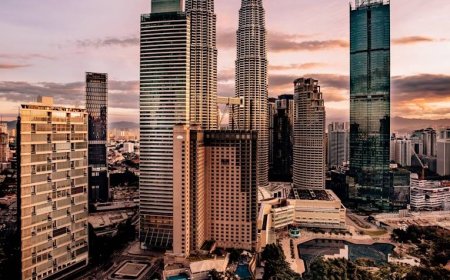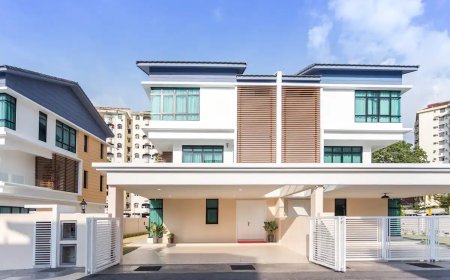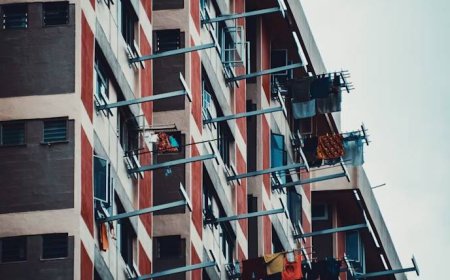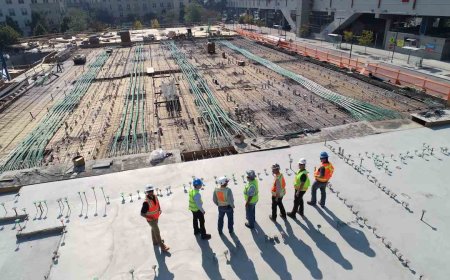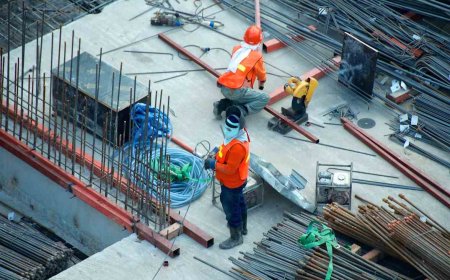Construction Costs in Singapore: Current Trends, Challenges, and Opportunities
Explore current construction costs in Singapore, including key market trends, cost drivers, major projects, government initiatives, and strategies to manage labour and material challenges.
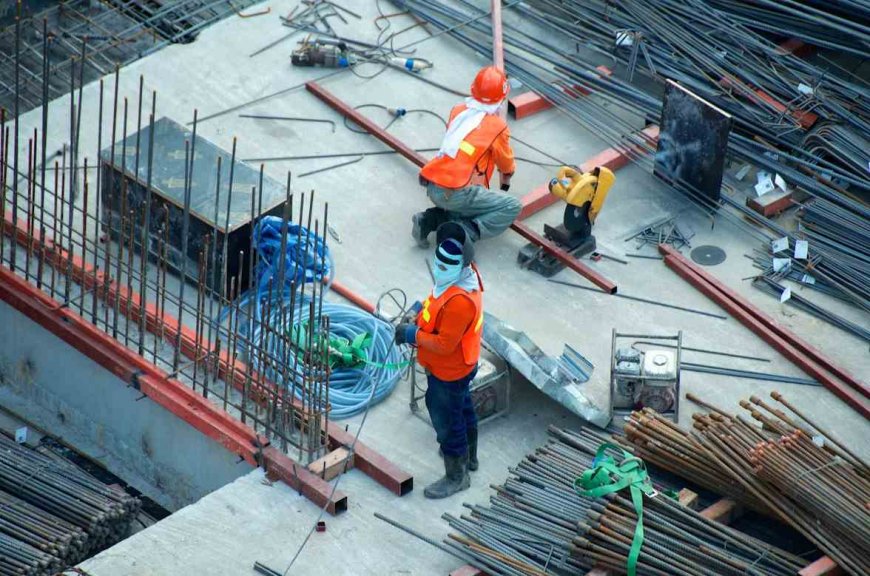
Understanding construction costs is critical for developers, contractors, and industry stakeholders in Singapore. With numerous projects underway and more expected in the near future, keeping up-to-date with market trends, cost drivers, and government initiatives is essential for informed decision-making and strategic planning.
Current Construction Market Landscape
Singapore is ranked as the fourth-most expensive construction market in Asia and 37th globally. The elevated costs are primarily driven by:
-
Shortage of skilled labour
-
Rising material costs
-
High demand for residential and infrastructure projects
Contractors and developers should anticipate tender price volatility and budget for contingencies, particularly in mechanical, electrical, and specialized construction sectors.
Key Factors Influencing Construction Costs
1. Skilled Labour Shortage
-
The lack of qualified workers has pushed labour costs upward, especially in mechanical and electrical trades.
-
Tender prices are projected to rise by 10–15% due to the labour crunch.
-
Companies increasingly turn to technology-assisted construction (e.g., prefabrication, robotics, and modular construction) to improve productivity.
2. Rising Material Costs
-
Global supply chain disruptions have led to significant increases in essential materials:
-
Steel bars: +36.2% (Dec 2020 – Jun 2021)
-
Cement: +6% (same period)
-
-
Material cost inflation aligns with global trends, affecting both public and private sector projects.
Tip: Bulk procurement and long-term supply contracts can help developers mitigate material price fluctuations.
3. Demand and Output
| Year | Construction Contracts Awarded | Notable Drivers |
|---|---|---|
| 2023 | S$33.8 billion | Higher tender prices, accelerated private residential projects, expanded public housing programs |
| 2024 Forecast | S$32–38 billion | Public sector projects (~55% of total), including MRT lines, Changi Airport Terminal 5, Build-To-Order flats |
| 2025–2028 | S$31–38 billion annually | Expansion of MRT lines, hospital redevelopments, integrated industrial facilities |
Key Takeaway:
Public sector projects will continue to anchor construction demand, with private sector development supporting residential, commercial, and mixed-use growth.
Major Public and Private Sector Projects
Public Sector Projects in 2024
-
Build-To-Order (BTO) Flats: Addressing housing demand
-
Cross Island MRT Line (Phase 2): Expanding transport connectivity
-
Changi Airport Terminal 5 Infrastructure: Supporting aviation growth
-
Tuas Port Development: Enhancing maritime capabilities
Private Sector Projects in 2024
-
Residential developments under the Government Land Sales (GLS) program
-
Expansion of Integrated Resorts
-
Redevelopment of commercial properties
-
Mixed-use developments and industrial facilities
Developers can leverage the alignment of private sector projects with public infrastructure to maximise accessibility and investment potential.
Government Initiatives Shaping Construction Costs
Transforming the Built Environment Sector
-
Emphasis on higher productivity and sustainability standards
-
Promotion of collaborative contracting to manage risks, including pandemic-related disruptions
Standard Consultancy Agreement (SCA) Review
-
Clearer definitions of service scope
-
Fair and timely remuneration with fee adjustment provisions
-
Balanced risk allocation between public sector developers and consultants
Quality Fee Method (QFM) Enhancements
-
Greater focus on merit-based shortlisting
-
Increased differentiation in quality scoring for public sector tenders
-
Implementation expected in late 2024
Performance Assessment and Industry Transformation
-
Consultant performance evaluated every six months
-
Firms scoring below 50 points are temporarily suspended from public tenders for three months
-
Encourages accountability and higher standards across the industry
Tip: Private developers are advised to adopt public sector collaborative contracting standards for long-term efficiency and risk management benefits.
Construction Cost Comparison: Singapore vs Regional Markets
| Market | Construction Cost Index | Notes |
|---|---|---|
| Singapore | 100 (baseline) | 4th most expensive in Asia |
| Hong Kong | 97 | High material and labour costs |
| Tokyo | 85 | Labour-efficient technologies adopted |
| Bangkok | 70 | Lower labour cost, moderate material cost |
Key Takeaway:
Singapore’s construction market remains premium-priced due to labour shortages, material inflation, and stringent safety and quality standards.
Additional Cost Management Strategies
-
Prefabrication and Modular Construction: Reduce on-site labour needs
-
Bulk Material Procurement: Mitigate price volatility
-
Collaborative Contracting: Align incentives between developers and contractors
-
Technology Adoption: BIM (Building Information Modelling) and robotics improve productivity
-
Sustainability Measures: Energy-efficient and green building practices can reduce long-term operational costs
FAQ: Construction Costs in Singapore
-
Why is construction expensive in Singapore?
High labour costs, material inflation, and strong demand for public and private projects contribute to elevated prices. -
Which sectors are most affected by labour shortages?
Mechanical, electrical, and specialised construction trades. -
How much did steel prices rise recently?
Steel bars increased by 36.2% between Dec 2020 and Jun 2021. -
What is the forecast for construction demand in 2024?
Between S$32–38 billion, with public sector projects accounting for ~55%. -
Are public or private projects driving the market?
Both; public projects anchor demand, private projects support residential and commercial growth. -
What government initiatives reduce construction risk?
Collaborative contracting, SCA revisions, and QFM enhancements promote accountability and fair risk allocation. -
Can developers adopt public sector standards?
Yes; adopting collaborative contracting practices can improve risk management and project outcomes. -
How does Singapore compare with regional construction costs?
Singapore is more expensive than Bangkok and Tokyo, reflecting high-quality standards and labour costs. -
What is QFM?
Quality Fee Method: a framework to evaluate consultancy tenders based on quality and merit. -
Are tender prices expected to rise?
Yes, tender prices are projected to increase by 10–15% due to labour and material shortages. -
Can technology reduce construction costs?
Yes, prefabrication, BIM, and robotics can improve efficiency and reduce labour dependency. -
How does sustainability affect costs?
Sustainable buildings may have higher initial costs but lower long-term operational expenses. -
What are the major public projects beyond 2024?
Downtown Line expansion, hospital redevelopment, and integrated industrial facilities. -
Do consultants face penalties for poor performance?
Yes; firms scoring below 50 points are suspended from public tenders for 3 months. -
How can contractors manage material price volatility?
Through bulk procurement contracts and long-term supply agreements.
Key Takeaways
-
Singapore’s construction costs are high but manageable with proactive strategies.
-
Labour shortages and material price inflation are primary cost drivers.
-
Public sector projects anchor demand while private sector developments add growth opportunities.
-
Government initiatives like collaborative contracting and QFM improve risk management and project quality.
-
Technology adoption and sustainable practices enhance productivity and long-term cost efficiency.
Algene Toh
Disclaimer: The information presented on BSR2.com is intended for general informational purposes only. It does not constitute legal, financial, investment, or real estate advice and should not be relied upon as such. While every effort has been made to ensure the accuracy, reliability, and completeness of the content at the time of publication, all data is derived from publicly available sources and may be subject to change without notice. BSR2.com makes no representations or warranties of any kind, express or implied, regarding the suitability, timeliness, or accuracy of the information provided for any specific purpose. Users are strongly encouraged to seek independent advice from qualified professionals before making any decisions based on the content found on this website. BSR2.com shall not be held liable for any loss, damage, or consequence, whether direct or indirect, arising from the use of or reliance on the information provided. The content is intended as a general guide and does not take into account individual circumstances.
What's Your Reaction?
 Like
0
Like
0
 Dislike
0
Dislike
0
 Love
0
Love
0
 Funny
0
Funny
0
 Angry
0
Angry
0
 Sad
0
Sad
0
 Wow
0
Wow
0
